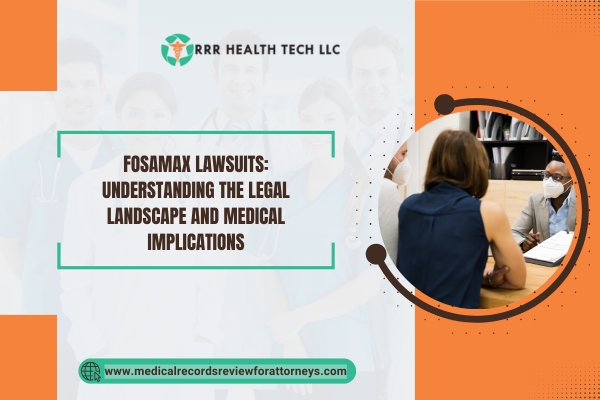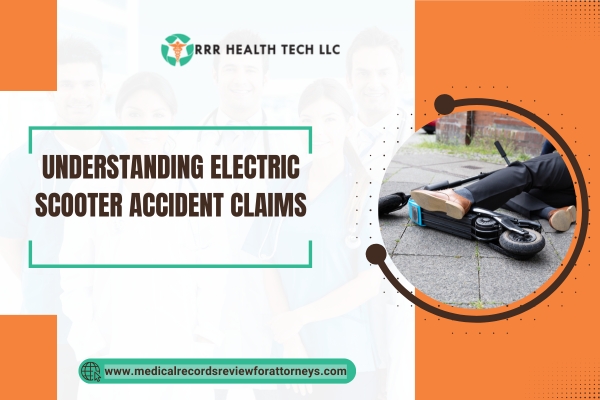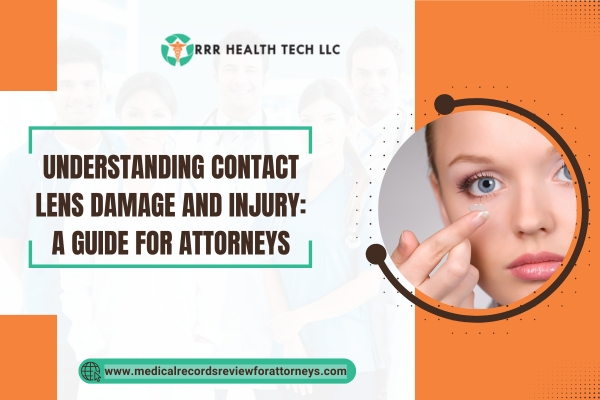
Introduction
Fosamax Lawsuits is an anti-osteoporotic medication that is widely used by the population; however, its use has also been associated with certain risks like atypical femoral fractures. As the litigations against the producer Merck progress, it is salient for solicitors that what the legal terrain looks like with respect to Fosamax. This paper examines in detail all aspects that concern the use of fosamax patients’ lawsuits, the latest events concerning the development of these cases, and the work with medical records review to provide support to legal actions taken by patients.
What is Fosamax?
Fosamax is a part of a greater class known as the bisphosphonates which aim to inhibit bone loss in people suffering from osteoporosis in addition to reducing the risk of fractures. It needs to be noted that despite being beneficial to many, for some patients who are taking Fosamax’s osteoporosis, the medication has some great bone health risks.
Key Components of Fosamax Lawsuits
• Active Ingredient: sodium alendronate – a potent anti-resorptive agent
• Indications: Treatment and prevention of osteoporosis in postmenopausal women and men
Overview of Fosamax Lawsuits
The lawsuits on fosamax rest mainly on the allegation that the manufacturers of the drug failed to warn the patients and health professionals about the risk of osteoporotic femur fractures associated with its use. These has raised the fundamental issues about the safety and effectiveness of the drug.
Common Claims in Fosamax Lawsuits
- Failure to Warn: plaintiffs contend that Merck was negligent in providing adequate warnings regarding the risk of atypical femoral fractures.
- Negligence: It is alleged that Merck did not adequately test and researched the drug before marketing it to the public.
- Product Liability: Refers to claims that Fosamax is dangerous and deficient by its very nature.
Recent Developments in Fosamax Lawsuits
September 2024 Update
Merck has been accused of failing to warn adequately alerting the public about the risks of using Fosamax, a claim that’s pivotal for over 500 plaintiffs, but was previously dismissed by the Third Circuit. However, the recent developments by the Third Circuit, re-establishes the pose the plaintiffs had, with no reason to believe, Merck would help the situation.
March 2024 Update
An appeal was filed on the grounds Cosma, Wright, and President all claimed, did not help any patients recover. It in no way offered reassurance before the use of the drug, but husband and Wright went onto say how the claim doesn’t cover this.
June 2024 Update
It was stated how Merck determined that they’d throw away the clinical protections they had safeguarding over 500 plaintiffs at Multidistrict litigation MDL Judge Freda Wolfson. However, Mark A Vorino claimed that this precedent would allow pharmaceutical companies to continue to do whatever they wanted to ignore patients’ safety data matters, which contradicts everything claimed by Mark.
The Role of Medical Records Review in Fosamax Lawsuits
Importance of Medical Records
Medical records are essential in Fosamax lawsuits as they provide critical evidence of:
- Medical records: A history of wherein a patient documents his/her past disease and treatment records.
- Fractures: Any rare instances of femoral fractures that the patient may have suffered.
- Informed Consent: Ensuring that patients were adequately informed about the risks associated with Fosamax.
How We Assist Attorneys
Our medical records review services help attorneys by:
• Thorough Analysis: We conduct a careful scrutiny of medical cases to provide evidence helpful in the case.
• Expert Testimony: Giving professional avowals in regard to their opinions about the medical findings in regard to any use of the drug Fosamax.
• Case Preparation: Practicing in the assembling of the legal papers and the evidence which is to be presented in court.
Case Studies
Case Study 1: Jane vs. Merck
Overview: Jane, a long time user of Fosamax, sued Merck after developing strange thumb bone fractures.
Challenges: The most difficult aspect was finding linkages and relationships that made her fracture attributable to the use of Fosamax.
Solutions: Our medical records review shows consistent loss of bone density and incidences of fractures noted in Jane.
Case Study 2: John Smith vs. Merck
Overview: A person known as John Smith who suffered osteonecrosis develop jaw after using Fosamax sought legal action of Merck.
Challenges: The risk of establishing that the use of Fosamax was directly responsible for his problem was a big challenge.
Solutions: Our team was able to obtain and analyze all the medical evaluations and treatments that had been administered to John. This study provided convincing evidence that there was a consistent timeline of events demonstrating that John began high dosage of FOAMAX and subsequently started experiencing a specific set of symptoms.
Conclusion
Fosamax lawsuits are an important area of concern to patients as well as the legal practitioners. As the litigation environment changes there is a necessity to appreciate the impact of the recent court, decisions on the importance of the available medical records review for the lawyers taking care of these cases. Our deep understanding of medical records analysis can be used by legal teams for better case management and relevant improved results for their clients.


